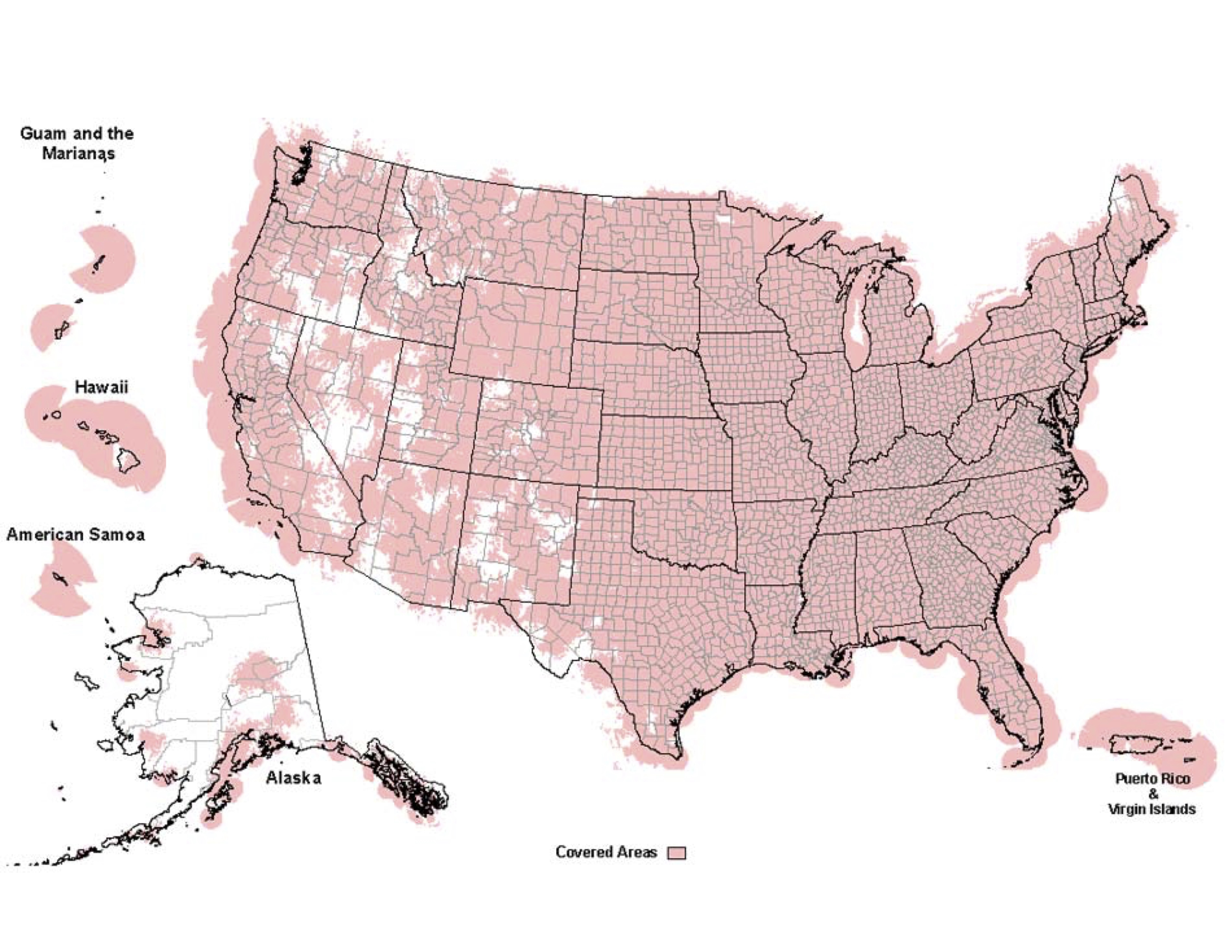Best Pocket-Sized Weather Radio: Vandior NOAA Weather Radio
Sometimes simple is best—this little weather radio weighs under 6 ounces and fits in a pocket. But it works extremely well, pulling in weather radio transmitters even in remote areas. One caveat: this radio does not have an alert function, where it turns on when the weather service sends out a warning. Hence, this radio is best for travel, camping or other outdoor activities. For weather radios with an alert function, see the picks later in this article.
Best Solar-Powered Weather Radio: iRonsnow Solar Emergency NOAA Weather Radio
For outdoor adventures where you’ll be far from an electrical outlet, we’d recommend this weather radio: iRonsnow’s Solar weather radio. It can be charged via a hand crank, USB cord or solar cells.
Excellent quality—and it works well. Great for emergencies.
Best Bedside Weather Radio: Midland WR120
Midland is the Cadillac brand when it comes to weather radios and this model is our choice for the best bedside weather radio. When a storm hits overnight, you need a weather radio that will sound an alarm. And this model has a doozy of a siren—at 90 decibels, it will wake the dead. And that is the point: you don’t want to sleep through a tornado warning!
Some folks don’t like this, saying the siren is too loud and isn’t adjustable. We understand that frustration, but it is that loud for a reason.
This radio has S.A.M.E. technology—in a nutshell, you can program the radio to only go off for the county you live in. It can store 25 locations, so you could take it on a road trip and get warnings as well.
Three AA batteries provide backup in case of a power failure. It has about 5 hours of use or 75 hours of standby power for alerts, although this can vary depending on the batteries used. As such, this probably isn’t the best choice for outdoor activities like camping where you may be away from a power source for more than a day.
In our testing, this radio provided the best warning for overnight storms.
What is weather radio?
NOAA Weather Radio All Hazards (NWR) is a nationwide network of radio stations broadcasting continuous weather information directly from the nearest National Weather Service office. NWR broadcasts official Weather Service warnings, watches, forecasts, and other hazard information 24 hours a day, 7 days a week.
Working with the Federal Communication Commission’s (FCC) Emergency Alert System , NWR is an “All Hazards” radio network, making it your single source for comprehensive weather and emergency information. In conjunction with Federal, State, and Local Emergency Managers and other public officials, NWR also broadcasts warning and post-event information for all types of hazards – including natural (such as earthquakes or avalanches), environmental (such as chemical releases or oil spills), and public safety (such as AMBER alerts or 911 Telephone outages).
Known as the “Voice of NOAA’s National Weather Service,” NWR is provided as a public service by the National Oceanic and Atmospheric Administration (NOAA), part of the Department of Commerce. NWR includes more than 1000 transmitters, covering all 50 states, adjacent coastal waters, Puerto Rico, the U.S. Virgin Islands, and the U.S. Pacific Territories. NWR requires a special radio receiver or scanner capable of picking up the signal. Broadcasts are found in the VHF public service band at these seven frequencies (MHz):
|
162.400
|
162.425
|
162.450
|
162.475
|
162.500
|
162.525
|
162.55
|
What areas are covered by weather radio transmitters?
Here’s the current map of covered areas:

Why Trust Us
We’ve been rating and reviewing products for the home and families since 1994. We do extensive research, evaluating products with an eye toward quality, ease of use and affordability. When we purchase a product for hands-on testing, we do so with our own money.
Here’s another key point: we don’t take money from the brands we review. No free samples, no sponsors, no “partnerships.” Our work is 100% reader-supported!


 We obsess over baby gear . . . so you don't have to. Baby Bargains has one mission: help you find the best gear for your baby with unbiased reviews by experts with 20 years of experience. At prices that don't break the bank. When you purchase a product from links on this site, we make a small affiliate commission. Learn more
We obsess over baby gear . . . so you don't have to. Baby Bargains has one mission: help you find the best gear for your baby with unbiased reviews by experts with 20 years of experience. At prices that don't break the bank. When you purchase a product from links on this site, we make a small affiliate commission. Learn more 
